Recovery aims to help the patient to move on with their life and to restore their health and quality of life.
Although recovery is the last response on the flow, it could be time demanding, some may need recovery treatments throughout their life. Different from the previous responses, the recovery process is not as quick and hasty as the battlefield and hospital treatments, and it might require trial and error to find out the best solutions for each patient. It plays a crucial and decisive part in the patient’s life.
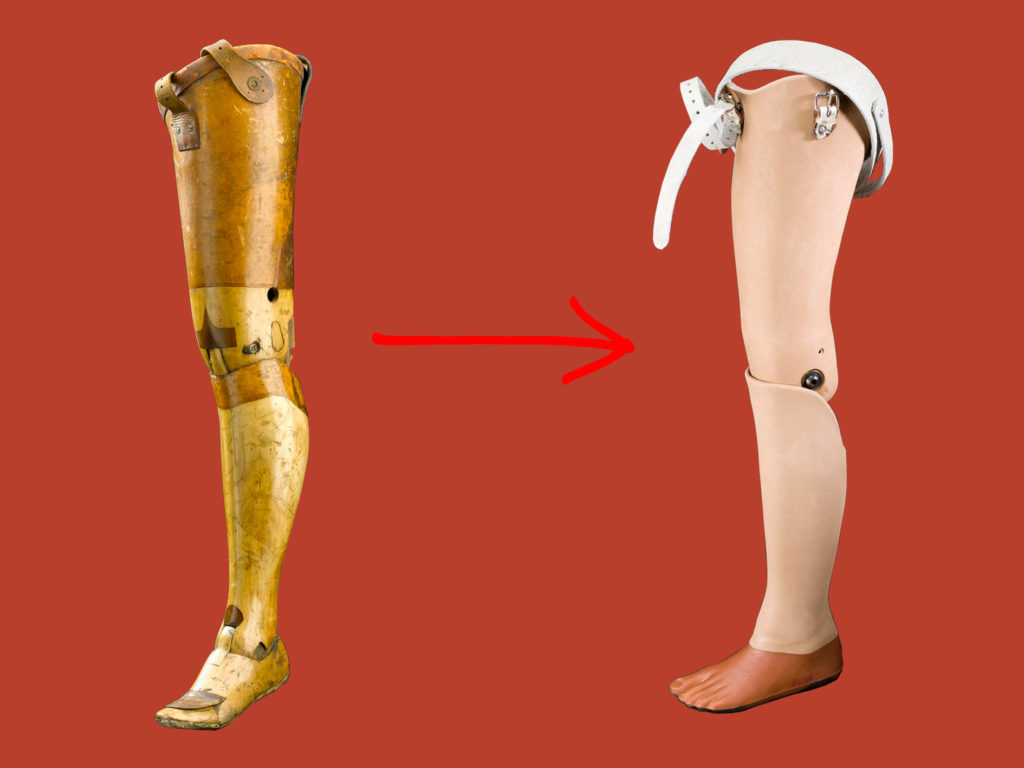
From Wooden to Metal
In World War I, soldiers suffered from severe injuries from explosions, bullets, frostbite or infections that did not respond to antibiotics were treated with amputation. Artificial metal limbs were widely used and produced to replace the wooden.
Now, artificial limbs are usually made of plastic, which is extremely light and flexible.
(Artificial left leg, Europe, 1901-1940)
(Artificial left leg, Cambodia, 1998)
Saviour of Bone Fracture
Metal Splint was invented by Hugh Owen Thomas in 1865 to treat bone fractures. However, only until 1914 that more were advocated the use of his invention. The splint was used in wars in France, Middle East and Africa.
Modern splints are made of plaster or fiberglass that is light and could be easily molded.
(Metal leg splint, Europe, 1915-1918)
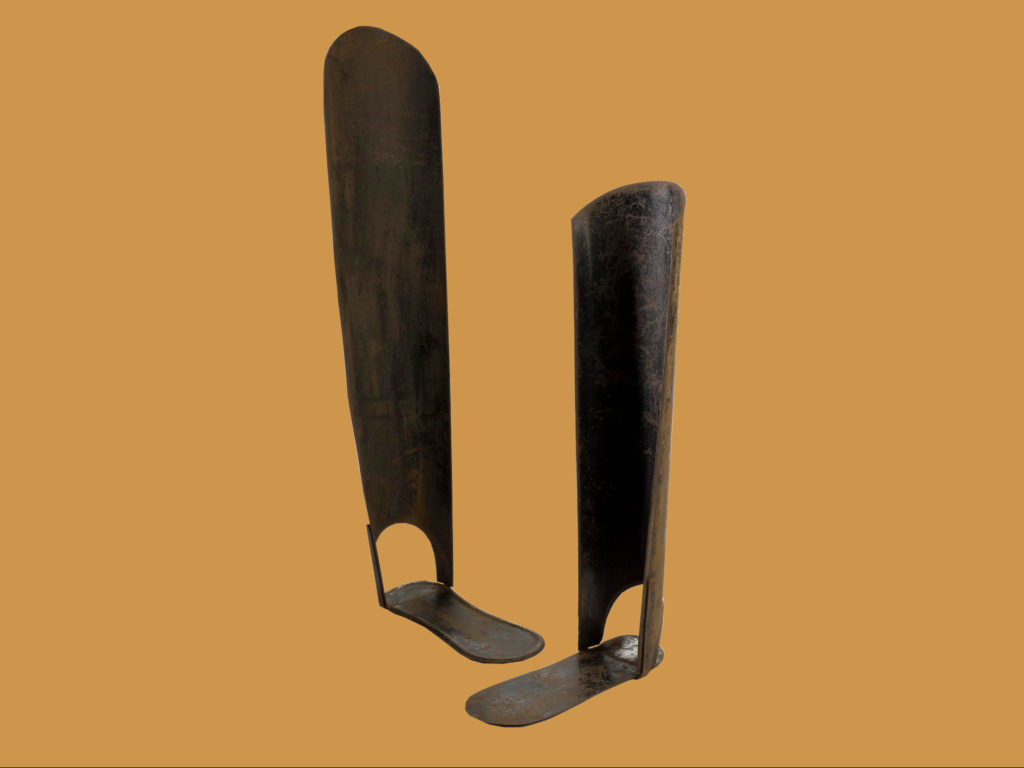
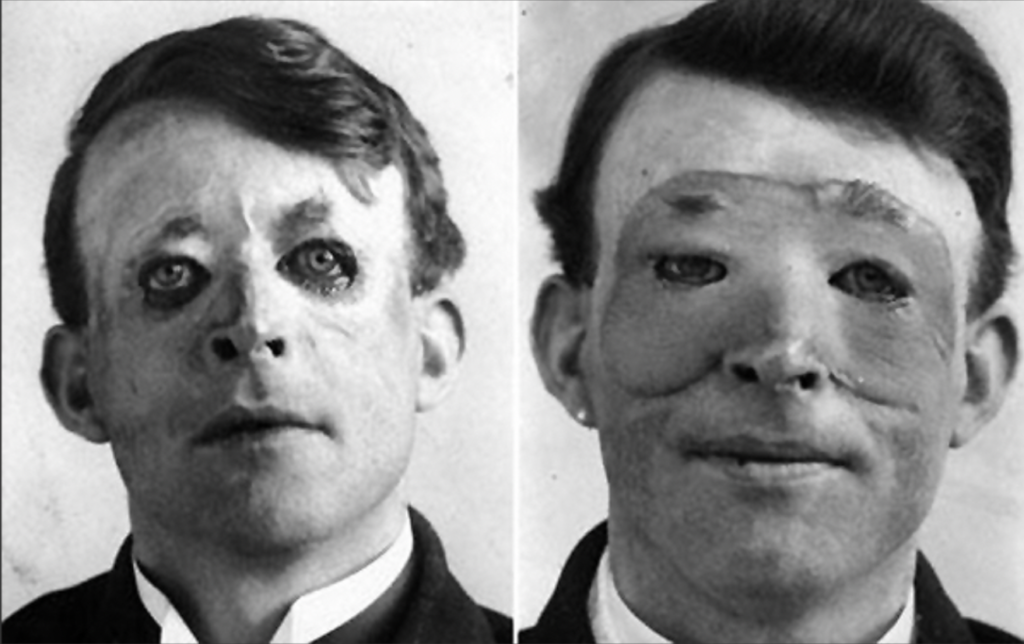
Saving Face
During World War I, Dr. Harold Gillies developed a new facial reconstructive surgery by using a patient’s own tissue. The treatment solved the problem of suffocation, being unable to swallow and help restore a person’s appearance.
Plastic surgery today is related to the beauty industry, instead of the medical industry only.
(Walter Yeo, before and after skin flap surgery performed by Gillies in 1917)
Photo Credit: Wikimedia Common
Continue exploring the exhibition…
Using objects from the Science Museum, this exhibition invites you to follow us on a wounded soldier’s 4 stage treatment journey focusing on medical innovations that still impact us today.
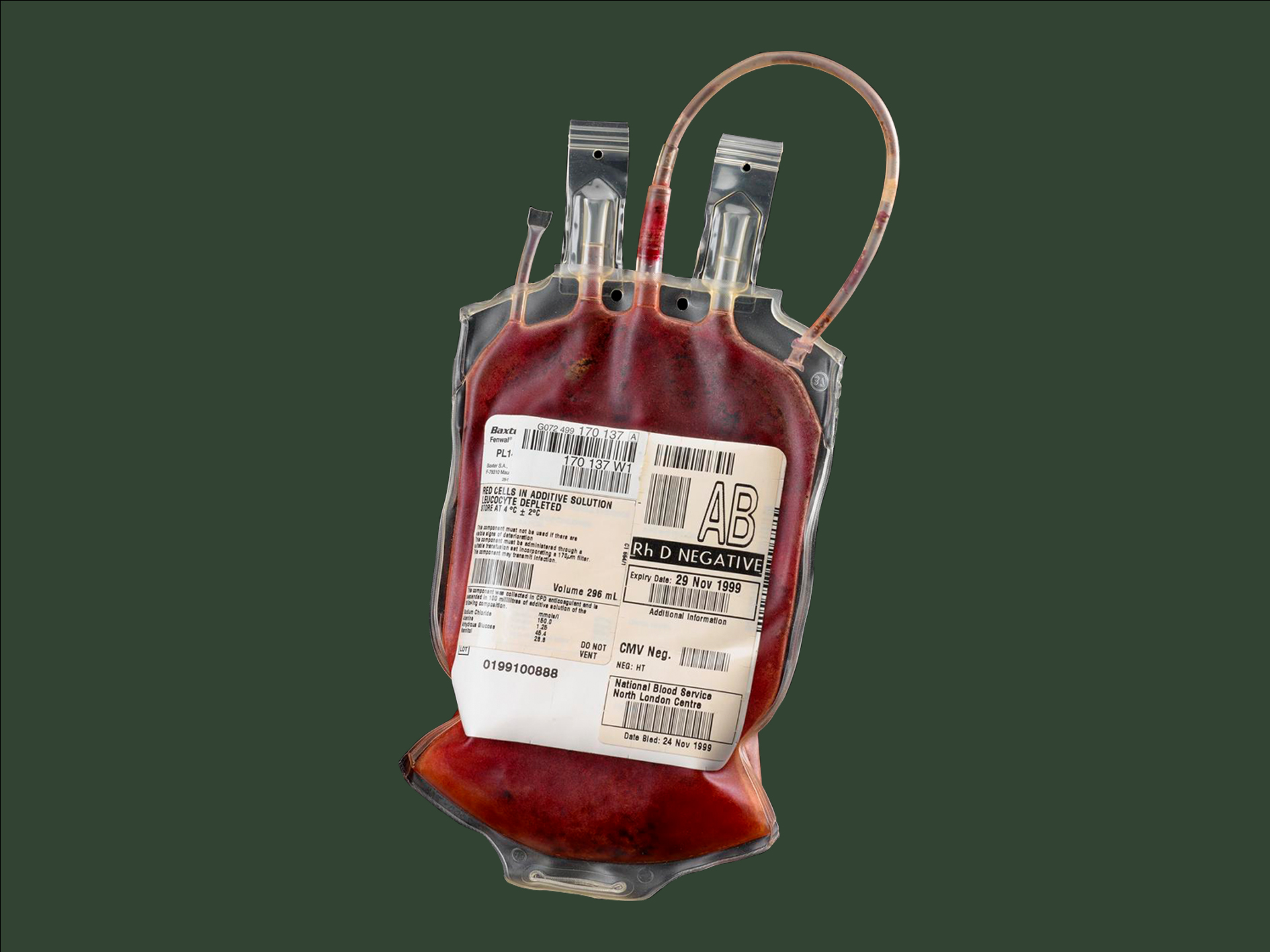
Stop the blood!
Historically, half of all soldiers killed in action die from blood loss, 80% of which die within the first hour… Read More
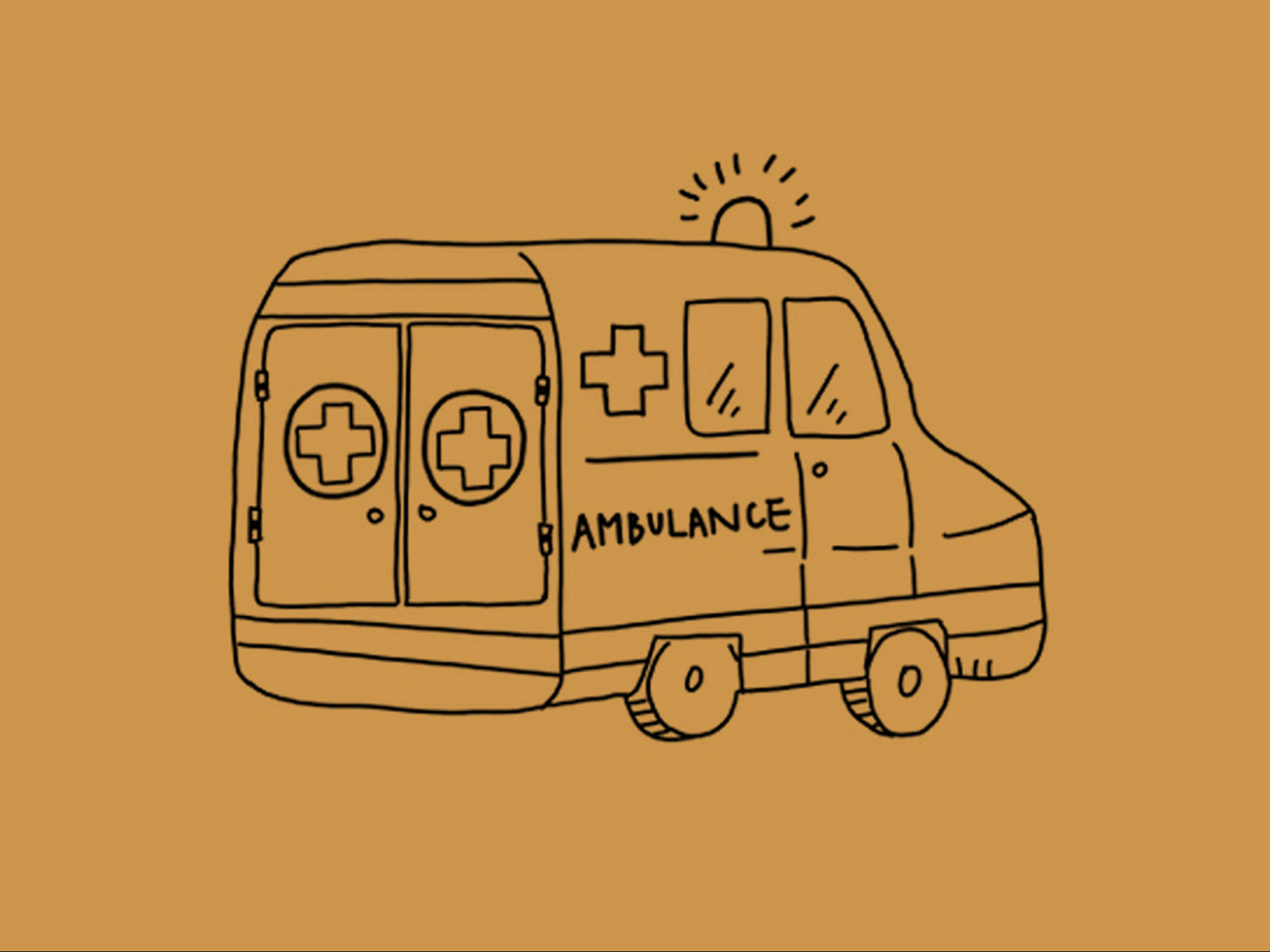
Move!
After basic treatment procedure on battlefield, it’s crucial to carry wounded soldiers to hospitals within limited time… Read More
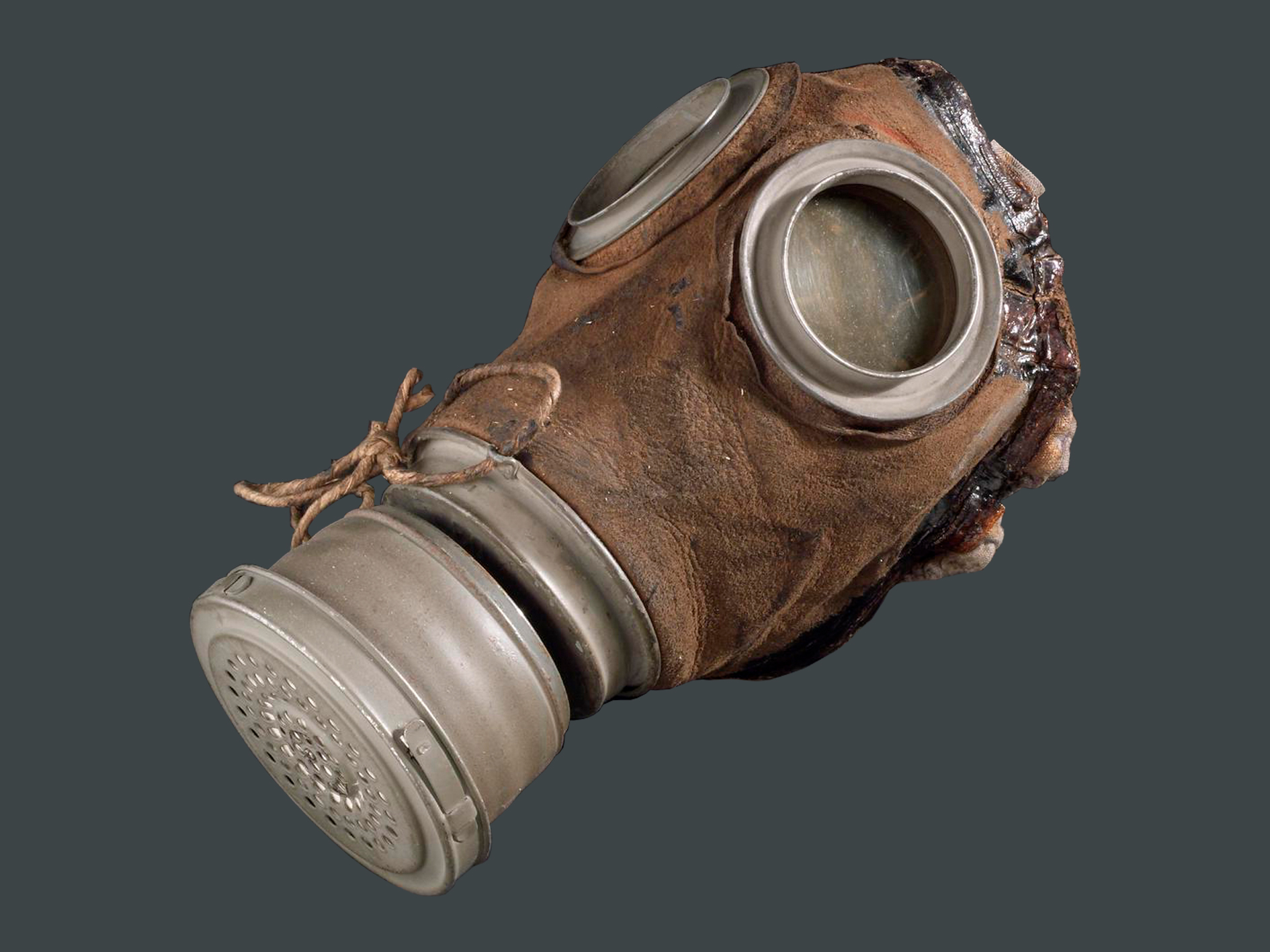
Call of Duty!
Many troops lost their lives throughout the war, not just from injuries but also from other infections and diseases… Read more

In a Heart Beat: War as a Catalyst for Innovation
Back to Home Page